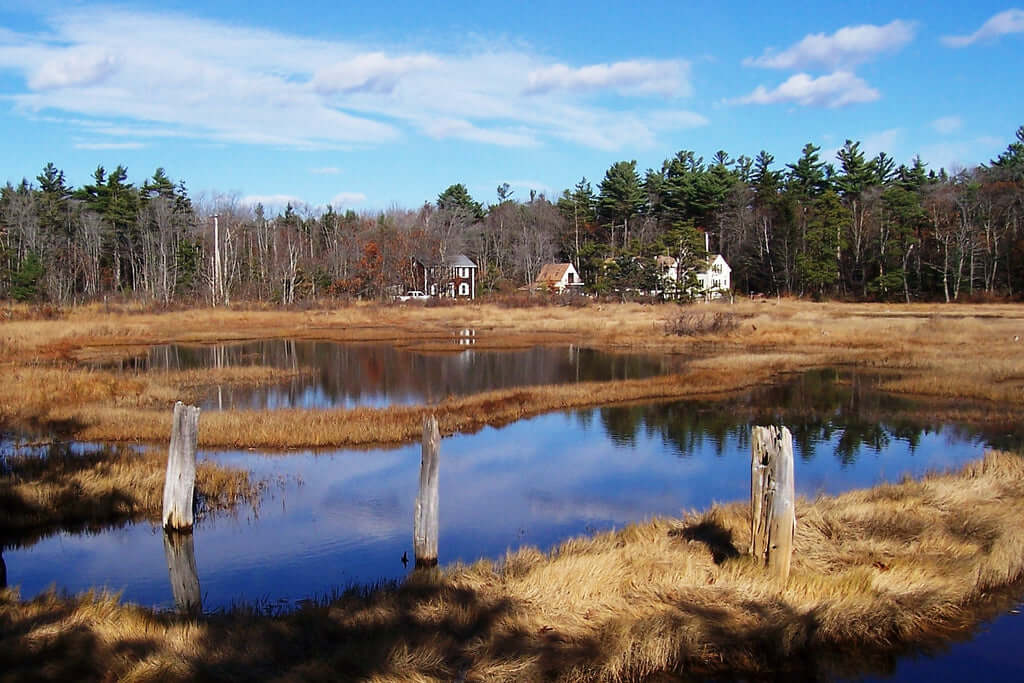Understanding the Urban Heat Island Effect
Cities trap heat through dark surfaces, building materials, and reduced vegetation. This phenomenon, known as the urban heat island effect, creates significant temperature differences between urban centers and their surroundings.
Research shows that temperatures can vary dramatically even within the same city. A bike-based study in Madison, Wisconsin revealed that temperatures could differ by up to 3.5°C between neighborhoods, with areas having at least 40% tree canopy coverage staying significantly cooler.
This temperature variation creates opportunities for strategic route planning that can make summer riding much more pleasant.
Route Planning Strategies for Cooler Rides
1. Seek the Canopy: Urban Forest Routes
Tree coverage provides natural air conditioning through shade and evapotranspiration—the process where trees release water vapor, cooling the surrounding air. When planning your summer routes:
- Target parks and greenways with mature tree canopies
- Look for tree-lined streets and boulevards
- Utilize urban forest trails accessible by e-bike
- Plan rides through conservation areas within city limits
Cities worldwide are increasing their urban canopy specifically to combat rising temperatures. Los Angeles, for example, aims to reduce average temperatures by 1.7°C by 2025 through expanded green cover and innovative cooling surfaces.
2. Follow the Blue: Waterfront Pathways
Water bodies naturally cool their surroundings, making waterfront routes ideal for summer riding:
- River trails and canal paths
- Lake circumnavigation routes
- Ocean boardwalks and coastal paths
- Harbor and marina connections
Many cities have developed dedicated cycling infrastructure along waterfronts. Seattle, for instance, opened the final segments of its 1.2-mile waterfront bike path in March 2025, featuring various separations from pedestrian and vehicle traffic to ensure safety while enjoying the cooling effects of Puget Sound.
3. Gain Elevation: Hill and Ridge Routes
Higher elevations generally offer cooler temperatures and better air circulation:
- Ridge routes with panoramic views
- Gentle climbs to elevated parks
- High bridges with cooling breezes
- Elevated rail-to-trail conversions
While climbing requires more effort, your Tamobyke's powerful motor makes these elevation gains accessible and enjoyable, letting you experience the natural cooling effect of height without excessive exertion.
Tamobyke Features That Enhance Summer Riding
Our Tamobyke models are perfectly designed to maximize your comfort on these heat-beating routes:
- Powerful Motors: The 1000W-1500W motors on our V20 Pro and TB20 models easily handle elevation changes, letting you reach higher, cooler areas without breaking a sweat
- Extended Range Batteries: With ranges up to 80 miles on pedal assist mode (V20 Pro) and up to 124 miles (TB20), you can take longer routes through cooler areas without range anxiety
- Fat Tires: Our 20×4" all-terrain fat tires provide exceptional stability on various surfaces, from paved waterfront paths to packed dirt trails under forest canopies
- Full Suspension Systems: Enjoy comfortable rides over different terrain types, making it easy to transition between urban streets and natural cooling zones
- Multiple Speed Settings: Adjust your speed based on temperature conditions—cruise faster in open areas to create cooling airflow, or take it easy in already cool zones to enjoy the environment
Sample Cool Routes in Major Cities
Los Angeles Cool Route: Coastal Breeze Tour
Starting Point: Venice Beach
- Follow the Marvin Braude Bike Trail north along the coast
- Cut inland through tree-lined residential streets in Santa Monica
- Connect to the elevated paths in Palisades Park for ocean breezes
- Return via the shaded sections of San Vicente Boulevard
Chicago Cool Route: Lakefront and Urban Forest Loop
Starting Point: Navy Pier
- Head north on the Lakefront Trail enjoying Lake Michigan's cooling effect
- Connect to the tree-canopied North Branch Trail
- Explore the shaded paths of LaBagh Woods
- Return via the Chicago River Trail with its cooling water features
New York Cool Route: Rivers and Parks Circuit
Starting Point: Battery Park
- Follow the Hudson River Greenway north for consistent river breezes
- Cross to Central Park's extensive tree canopy
- Connect to the East River Greenway for more waterfront cooling
- Loop back via the shaded portions of the Manhattan Waterfront Greenway
Planning Your Own Heat-Beating Routes
To design your own cool urban routes, consider these tools and tips:
- Use Specialized Mapping Tools: Apps like Strava and Komoot allow you to design routes that prioritize green spaces and water features
- Ride During Cooler Hours: Early morning and evening rides avoid peak heat periods
- Carry Sufficient Water: Even on cooler routes, proper hydration remains essential
- Create Cooling Waypoints: Plan stops at drinking fountains, splash pads, or air-conditioned rest areas
- Join Community Rides: Local e-bike groups often share knowledge of the best heat-beating routes
The Future of Cool Urban Riding
As cities continue addressing climate change, we're seeing promising developments for e-bike riders seeking relief from the heat:
- Dedicated "cooling corridors" with enhanced tree cover and water features
- Reflective pavement coatings that reduce surface temperatures
- Green infrastructure integrated with cycling networks
- Increased water access points along popular cycling routes
Conclusion: Stay Cool, Ride On
With strategic route planning and the right e-bike, summer heat doesn't have to limit your urban exploration. Your Tamobyke provides the perfect platform for discovering the cooling oases within your city—whether they're shaded forest paths, breezy waterfronts, or elevated viewpoints.
Stay cool, ride far, and experience your city from its most refreshing perspectives!
Related resources:


Share:
How Graphene and Solid-State Batteries Will Change E-Bikes
Electric Bikes Take You Back to Classic Movie Locations